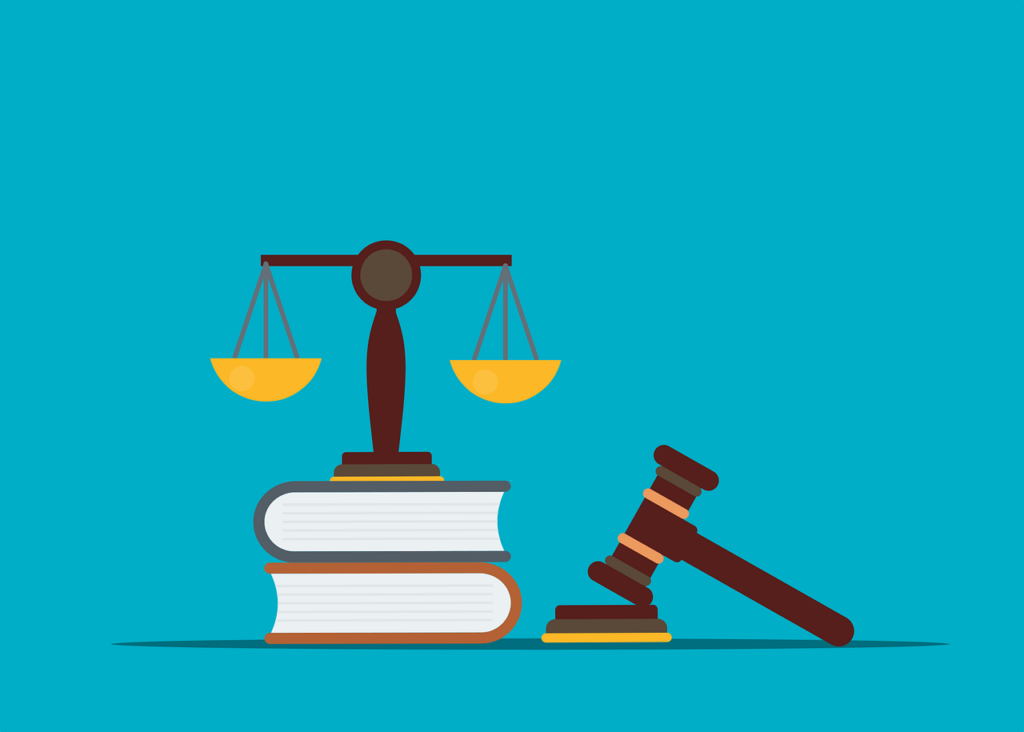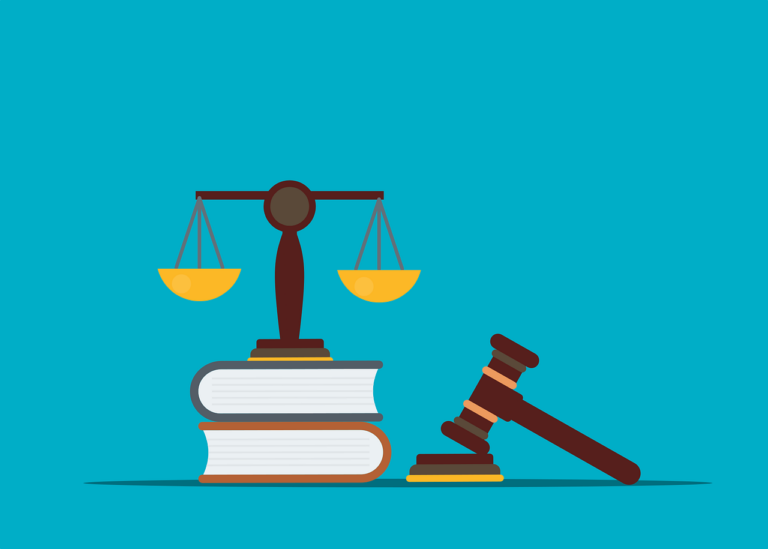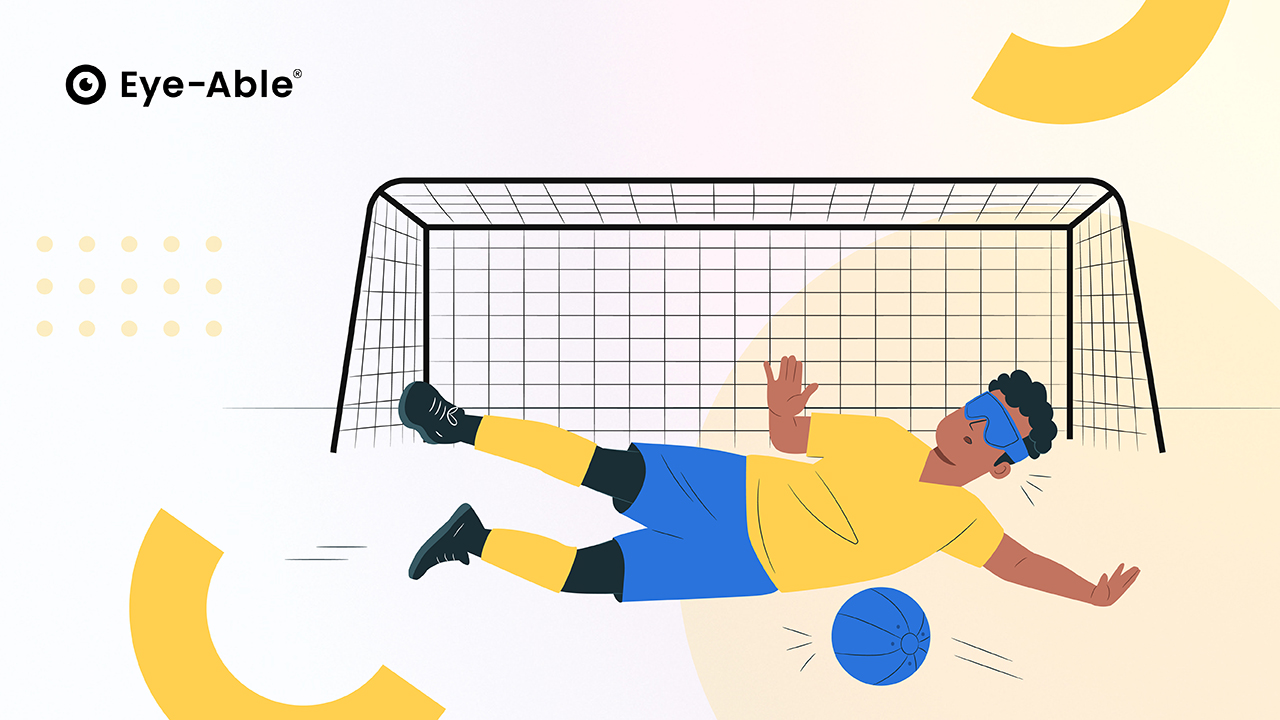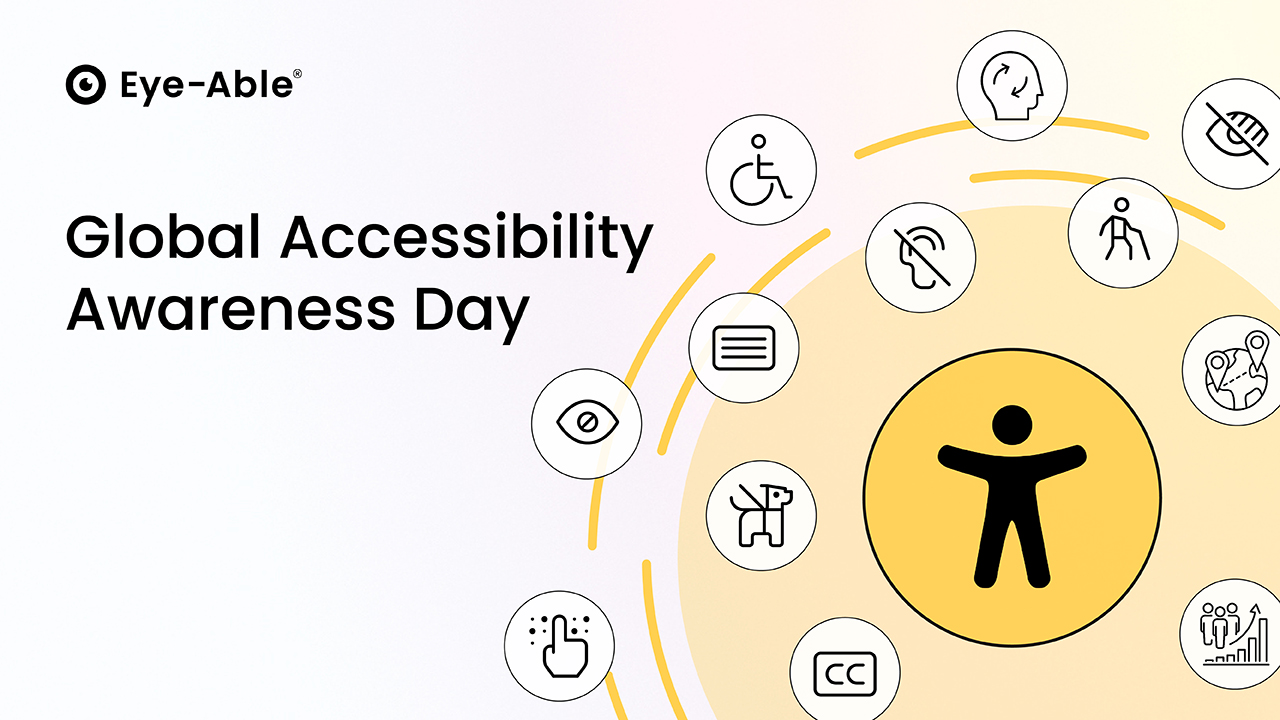Small handbook for inclusion guidelines
What exactly are the WCAG guidelines?
Europe
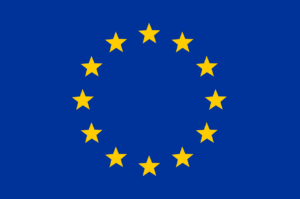
The legal situation in Europe also refers to two relevant directives. The "European Accessibility Act" and "EN 301 549".
The latter, the European Union's Web Accessibility Directive, stipulates that all public sector websites and mobile applications must comply with the WCAG 2.1 Level AA standards. The directive applies to all EU member states and aims to improve access to public sector websites and applications for people with disabilities.
The European Accessibility Act or also EAArequires member states to make online commerce in goods and services accessible to consumers, among other things. This directive must be implemented in national legislation by all EU countries by June 28, 2025.
Germany
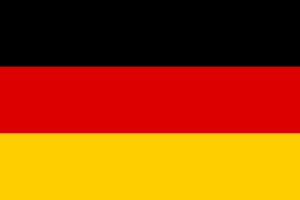
There are currently two laws on accessibility: the "Behindertengleichstellungsgesetz" (BG G) and the "Bundesverordnung über barrierefreie Informationstechnik" (BITV).
The BGG applies to the Confederation, its agencies, public foundations and institutions as well as their subsidiaries and companies that are subject to, controlled by or appointed by the Confederation. It covers goods and services. This means, for example, means of transportation, technical and non-technical products, information sources and communication facilities. It obliges companies to make websites and mobile app content accessible to all people, offer alternatives and publish a declaration on the accessibility of their websites or mobile applications. In addition, a report on the status of accessibility must be submitted every three years.
The BITV applies to all public institutions, federal authorities and their suppliers, contractors and partners. The BITV requires the design of information and communication technology that is accessible to people with all types of disabilities. BITV 2.0 enshrines the WCAG guidelines in law.
On June 28, 2025, the Accessibility Reinforcement Actshort BFSGcomes into force. This requires the barrier-free design of online stores. As far as products and services are concerned, the law promotes the equal and non-discriminatory participation of people with disabilities, restrictions and older people.
USA
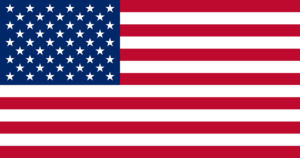
There are several important accessibility regulations in force in the USA. One of these is theAmericans with Disabilities Act (ADA), Section 508 , which is a US law that prohibits discrimination against people with disabilities in all areas of public life, including employment, education and transportation.
It ensures that all electronic technology and information technology that is developed, procured, maintained or used is accessible to people with disabilities.
Canada
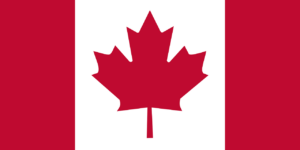
The Canadian government has had web accessibility laws in place for some time. Recently, theCanadian Human Rights Actof 1977, which prohibits restrictions and discrimination against people, was replaced by explicit disability access laws.
The "Canadian Standard on Web Accessibility" applies here. This standard applies to ministries, agencies, branches and institutions of the Canadian government. The standard stipulates making the web accessible to people with disabilities and meeting the WCAG 2.0 Level AA compliance requirements.
TheAccessible Canada Act(ACA) applies in Canada. This regulation ensures that people with disabilities are not restricted in the procurement of goods and services, employment, transportation and information and communication technology, including digital content and the technologies used to access it.
Who must comply: Private or non-profit organizations with more than 50 employees and all public sector organizations.
Another law is theAccessibility for Ontarians with Disabilities Act(AODA). It obliges all public and private sector organizations to make their goods, services and information and communication goods equally accessible to the public.
There is also the AMA, theAccessibility for Manitobans Act. This stipulates the accessibility of websites, mobile applications and digital content of public and private sector organizations for people with various forms of disabilities. Here, too, WCAG is used as a standard reference.
TheNova Scotia Accessibility Actis Canada's third provincial accessibility law and came into force in April 2017. It requires public and private sector organizations to ensure that goods, services and information and communication technology, including websites and mobile applications, are accessible to people with disabilities. It refers to the requirements of WCAG 2.0 AA.
England
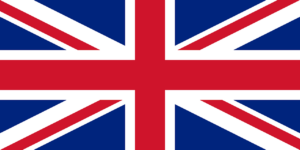
In the UK, theEquality Act2010 prohibits discrimination against people with disabilities in the provision of goods, facilities and services, including websites.
The regulations in thePublic Sector Bodies (Websites and Mobile Applications) (No. 2) Accessibility Regulations 2018require public bodies to comply with the international accessibility standard WCAG 2.1 AA and to publish an accessibility statement.
In addition, the government has specified the international "BS ISO 30071-1 standard" to improve accessibility, promote inclusive design, usability and user experience in web design and ensure accessibility for disabled and older people. This standard complies with the Equality Act 2010 and also refers to WCAG 2.0. The new accessibility regulations have applied to public sector bodies in the UK since September 23, 2018.
Israel
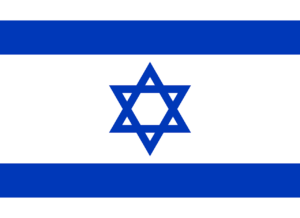
In Israel, the "Equal rights for people with disabilities act" from 2013 stipulates that websites and applications that provide services and/or information to the public must be accessible. The Israeli anti-discrimination law is also based on the WCAG 2.0 Level AA standards.
Japan
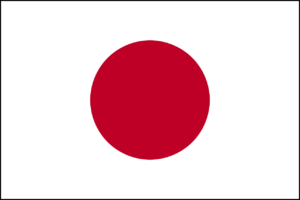
The Japanese government is a pioneer when it comes to seeking international standards for accessibility and technologies. As early as 1999, the Japanese Ministry of Posts and Telecommunications issued a declaration on internet accessibility guidelines.
The Japanese Internet Accessibility Law for Web Content and Information, "JIS X 8341-3", applies to all government ministries and the public sector in the country and prescribes the consideration of aspects that must be observed in the planning, design, development, production, maintenance and operation of web content to ensure that web content and information is accessible to the elderly and people with disabilities. The regulation applies to goods, services, communication, information and government activities.
The guidelines in this act do not adopt the WCAG guidelines, but have similar criteria to WCAG 2.0. However, they are not legally binding.
Australia
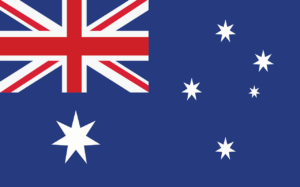
TheDisability Discrimination Act 1992 is Australia's main online accessibility law. It applies to all Australian government agencies and organizations that provide goods, facilities or services and requires them to make their information accessible to all people, including people with disabilities. WCAG 2.0 AA is the standard reference for web accessibility accepted by the Australian Government.
Italy
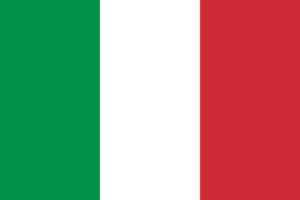
The "Stanca Act" was introduced in Italy to ensure that information and services are accessible to older people and people with disabilities without discrimination. The law requires compliance with the WCAG 2.0 AA criteria and sets out 22 technical requirements, which came into force on July 8, 2005.
It applies to all Italian government agencies and public sectors as well as to regional municipal companies, including the transportation or telecom sector in which the state has a stake.
India

There are two laws that stipulate the accessibility of the country. The "Rights of Persons with Disabilities Act (RPD) and the "Guidelines for Indian Government Websites". The RPD applies to the public and private sectors and covers areas such as the arts, culture, healthcare, justice, infrastructure, education and employment.
The "Guidelines for Indian Government" require the accessible design of information and communication technology.
The guidelines for Indian government websites stipulate that all content must be accessible and apply to all public bodies and federal authorities.
France
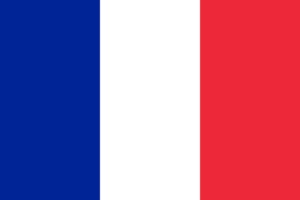
In France, the law Law "№ 2005-102 Article 47" has had regulations on internet accessibility since 2005. It stipulates that all public online communication services must be accessible to people with disabilities. It also requires a multi-annual plan to make the services offered accessible.
The law is applied in the "RGAA", the general accessibility framework. This serves as the French government's official guide to improving web accessibility for the population with disabilities and is based on the international standard WCAG 2.0 and the WCAG 2.1 AA of EN 301 549 V2.1.2 (EU standard).
Brazil
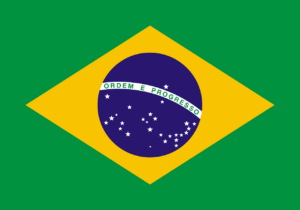
Brazil was also very early with its inclusive legislation. The law enacted in 2000 "L. 10.098" enacted in 2000, stipulates accessibility in communication and the removal of barriers and guarantees the right of people with disabilities to information and communication and applies to all government websites.
The law was amended in 2004 by "Ordinance 5.296″ was added. Among other things, it stipulates that all websites of government agencies must be made accessible to people with disabilities within 12 months and must be marked with a symbol indicating accessibility.
Spain
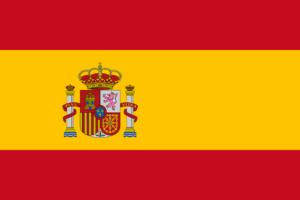
There are four national laws on accessibility in Spain, including the "Law 34″which prescribes the accessibility of public administration websites and all publicly funded websites.
The "Royal Decree 209" discusses the WCAG guidelines of the W3C for achieving priority level AA.
There is also the "Law 51″, which deals with equality of opportunity, non-discrimination and universal accessibility for people with disabilities and the "Law 59″which lays down guidelines for electronic signatures.
Even if there are many laws regulating accessibility on the Internet exist, there is still a long way to go to achieve digital inclusion. With governments, businesses and society working together, we can create a world where everyone has the opportunity to reach their full potential and actively participate in the digital world. We, at Eye-Able, will continue to use our expertise to develop innovative solutions and drive accessibility standards at Eye-Able.


